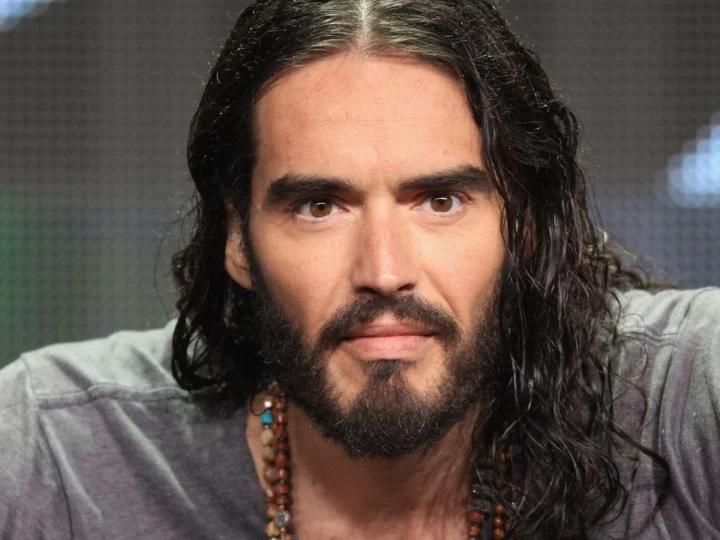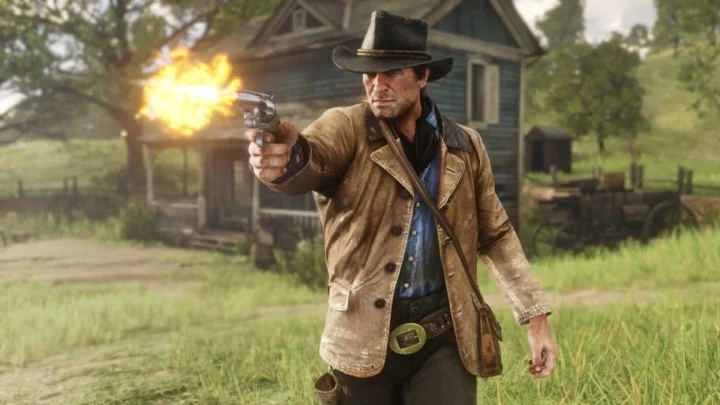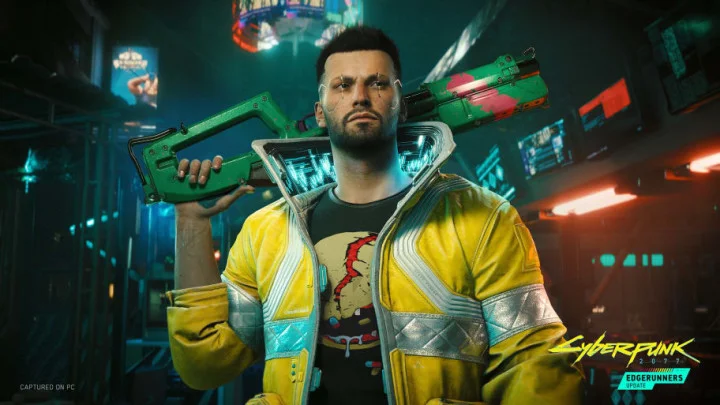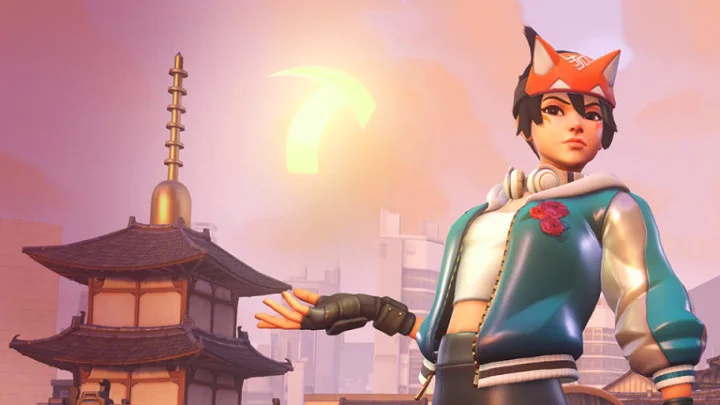Russell Brand’s punishment by YouTube has drawn attention to another, alternative video sharing site: Rumble. While Brand has not been banned from YouTube in the wake of recent allegations, the site did say that it would remove the ability to monetise his videos there through advertising. In the wake of that recent announcement, some – including ex-Fox News presenter Dan Bongino, who is both a shareholder in the platform and one of its biggest stars – have suggested that Brand could instead take his videos to that site. He would be just the latest alternative creator, many of whom are conservatives who have run into moderation issues on other more mainstream sites, to focus on the platform. Already, even as he was able to use YouTube as normal, he has gathered a sizeable following on Rumble: Brand has 1.4 million followers, nearly as many as the 2.3 million he has on TikTok. Rumble began in 2013, and for a long time operated quietly as yet another video-sharing site that most of the world hadn’t heard of; Rumble says that its early years were about “empowering [...] small content creators”. It wasn’t until around 2020 that the site became the rising and alternative centre that it has become today. That happened largely because of controversies elsewhere, that pushed video creators and others off more traditional sites, rather than the pull of Rumble. But Rumble has been ready to catch those who have been forced away from the mainstream, with the promise of more relaxed content moderation. In that way it is much like other “alt tech” sites that spring up in response to restrictions on more mainstream platforms. Just as Donald Trump’s Truth Social aimed to offer an alternative to Twitter, for instance, so does Rumble try and challenge YouTube. What is Rumble? In practice, Rumble is much the same as YouTube: it features a search engine to find videos, a window to watch them in, and suggestions of what videos to go next. Its features are not quite as advanced or well-designed as its Google-owned rival, and the video player is more bare-bones, but it is nonetheless largely similar. It is the content moderation that really marks it out from other video platforms. That is markedly different from other sites. Rumble says that it is focused on working “to protect a free and open internet” and “support diverse opinions, authentic expression, and the need for open dialogue”. Its founder, Chris Pavlovski, has said that it is intended to be “immune to cancel culture” and avoid censorship. In reality, that has meant that it has become a home for those who have been banned for violating the moderation rules of other sites. Often, for example, that is because they have violated policies on coronavirus misinformation. Indeed, the pandemic was a particularly fruitful time for the site, apparently as users flocked to watch videos from those banned creators. Rumble says 2020 saw “order of magnitude increases” in its key metrics, and soon after it received investment from conservative venture capitalist Peter Thiel. Who else is on Rumble? Even though the company itself stresses that it aims to be neutral and simply resisting censorship, all of the biggest channels on Rumble are run by those on the right. The site gained particular prominence when it became the home to Andrew Tate, after he was blocked by other platforms, and he now runs a “TateSpeech” channel that has 1.61 million followers. Donald Trump also has a popular channel, and so does his son. But not all of the site’s popular users are on the right, or use it for explicitly political content. The streamer IShowSpeed has a show on the platform, for instance, after he was banned from Twitch, apparently for making sexually inappropriate comments on a stream. The site’s viewers also seem largely to be on the right. About three-quarters of those who use it for news identify as Republicans or lean towards the party, according to the Pew Research Center, in a study published late last year. What are the rules on Rumble? Rumble may be best known for its relaxed content moderation, but it does ban some kinds of behaviour. Today, its content policy is mostly aimed at banning stolen content, as well as video that are pornographic, promote illegal acts, and some other restrictions. Last year, it began a process of working on a new moderation process that aimed to protect users people from harassment. They suggested that the site should ban stalking, for instance, and for attacking other users based on legally protected characteristics. How does Rumble make money? Just like YouTube, Rumble makes money through showing ads before and during videos. And, just like YouTube, it offers a revenue sharing programme that gives some of the money made through those ads back to the creators whose videos they were shown on. Rumble also bought a platform called Locals, in 2021, which allows people to donate to people in return for exclusive content, in a similar way to the more popular Patreon. Russell Brand highlights his Locals account in his Rumble videos. Read More BBC reviews Russell Brand’s time at corporation as YouTube demonetises content How does Russell Brand make money online? Google’s powerful ‘Bard’ AI can now get into your email Google’s powerful ‘Bard’ AI can now get into your email Elon Musk recruiting humans to trial brain implant Starship rocket launch window revealed by FAA
Russell Brand’s punishment by YouTube has drawn attention to another, alternative video sharing site: Rumble.
While Brand has not been banned from YouTube in the wake of recent allegations, the site did say that it would remove the ability to monetise his videos there through advertising. In the wake of that recent announcement, some – including ex-Fox News presenter Dan Bongino, who is both a shareholder in the platform and one of its biggest stars – have suggested that Brand could instead take his videos to that site.
He would be just the latest alternative creator, many of whom are conservatives who have run into moderation issues on other more mainstream sites, to focus on the platform. Already, even as he was able to use YouTube as normal, he has gathered a sizeable following on Rumble: Brand has 1.4 million followers, nearly as many as the 2.3 million he has on TikTok.
Rumble began in 2013, and for a long time operated quietly as yet another video-sharing site that most of the world hadn’t heard of; Rumble says that its early years were about “empowering [...] small content creators”. It wasn’t until around 2020 that the site became the rising and alternative centre that it has become today.
That happened largely because of controversies elsewhere, that pushed video creators and others off more traditional sites, rather than the pull of Rumble. But Rumble has been ready to catch those who have been forced away from the mainstream, with the promise of more relaxed content moderation.
In that way it is much like other “alt tech” sites that spring up in response to restrictions on more mainstream platforms. Just as Donald Trump’s Truth Social aimed to offer an alternative to Twitter, for instance, so does Rumble try and challenge YouTube.
What is Rumble?
In practice, Rumble is much the same as YouTube: it features a search engine to find videos, a window to watch them in, and suggestions of what videos to go next. Its features are not quite as advanced or well-designed as its Google-owned rival, and the video player is more bare-bones, but it is nonetheless largely similar.
It is the content moderation that really marks it out from other video platforms. That is markedly different from other sites.
Rumble says that it is focused on working “to protect a free and open internet” and “support diverse opinions, authentic expression, and the need for open dialogue”. Its founder, Chris Pavlovski, has said that it is intended to be “immune to cancel culture” and avoid censorship.
In reality, that has meant that it has become a home for those who have been banned for violating the moderation rules of other sites. Often, for example, that is because they have violated policies on coronavirus misinformation.
Indeed, the pandemic was a particularly fruitful time for the site, apparently as users flocked to watch videos from those banned creators. Rumble says 2020 saw “order of magnitude increases” in its key metrics, and soon after it received investment from conservative venture capitalist Peter Thiel.
Who else is on Rumble?
Even though the company itself stresses that it aims to be neutral and simply resisting censorship, all of the biggest channels on Rumble are run by those on the right.
The site gained particular prominence when it became the home to Andrew Tate, after he was blocked by other platforms, and he now runs a “TateSpeech” channel that has 1.61 million followers. Donald Trump also has a popular channel, and so does his son.
But not all of the site’s popular users are on the right, or use it for explicitly political content. The streamer IShowSpeed has a show on the platform, for instance, after he was banned from Twitch, apparently for making sexually inappropriate comments on a stream.
The site’s viewers also seem largely to be on the right. About three-quarters of those who use it for news identify as Republicans or lean towards the party, according to the Pew Research Center, in a study published late last year.
What are the rules on Rumble?
Rumble may be best known for its relaxed content moderation, but it does ban some kinds of behaviour. Today, its content policy is mostly aimed at banning stolen content, as well as video that are pornographic, promote illegal acts, and some other restrictions.
Last year, it began a process of working on a new moderation process that aimed to protect users people from harassment. They suggested that the site should ban stalking, for instance, and for attacking other users based on legally protected characteristics.
How does Rumble make money?
Just like YouTube, Rumble makes money through showing ads before and during videos. And, just like YouTube, it offers a revenue sharing programme that gives some of the money made through those ads back to the creators whose videos they were shown on.
Rumble also bought a platform called Locals, in 2021, which allows people to donate to people in return for exclusive content, in a similar way to the more popular Patreon. Russell Brand highlights his Locals account in his Rumble videos.
Read More
BBC reviews Russell Brand’s time at corporation as YouTube demonetises content
How does Russell Brand make money online?
Google’s powerful ‘Bard’ AI can now get into your email
Google’s powerful ‘Bard’ AI can now get into your email
Elon Musk recruiting humans to trial brain implant
Starship rocket launch window revealed by FAA









